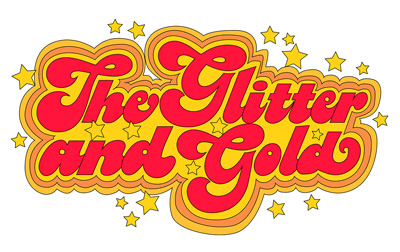In recent months, the market for rare vinyl records has exploded. As the owner of a record store, I have seen collectors paying huge sums for specific albums. For instance, one album, Soft and Sexy Soul by Susan Phillips, sold for $32,000 in September. However, despite this growth, the market remains fragmented. Platforms like Discogs, eBay, and auction houses track sales. But there’s no single system to gather and analyze this data. This lack of centralization creates uncertainty for collectors, investors, and sellers.
The Need for a Rare Record Index
A Vinyl Record Index could solve this problem. This index would collect and analyze sales data from multiple sources. By doing so, it could track trends, predict price movements, and help identify key factors like rarity and demand. Similar to the Case-Shiller Home Price Index for real estate or the Mei Moses Index for art, a Rare Vinyl Record Index would provide transparency. It could give us the insights we need to navigate the market with more certainty.
Predicting Future Trends in Vinyl Collecting
A key benefit of a Vinyl Record Index lies in its ability to predict future trends. Much like real estate or art markets, a vinyl index could offer clues about which albums are likely to rise in value. For example, if albums from the early period Blue Note jazz records are increasing in price, collectors could use the index to act quickly before prices go even higher. Likewise, if the market for limited-edition Record Store Day pressings of Taylor Swift albums begins to show a downward trend, the index could warn collectors to sell before prices drop. The index would help collectors make smarter decisions and stay ahead of the curve.
Bringing Transparency to the Market for Rare Vinyl Records
Currently, the rare vinyl market can be hard to navigate. There are many hidden treasures, but also inflated prices and speculation. A centralized Vinyl Record Index would bring more transparency to the market. By offering real-time data, the index would expose both undervalued records and artificially inflated prices. Collectors, buyers, and sellers would be able to make better decisions based on reliable data.
How an Index Can Help Journalists
The value of an index goes beyond buying and selling. Journalists could track trends in specific genres or artists. They could explore how societal trends or shifts in consumer behaviour affect vinyl prices. The index would also help journalists understand the growing role of vinyl in the digital age. Right now, reporting on vinyl prices often relies on anecdotes or single-sale observations. An index would provide a glimpse at the bigger picture and give data-driven insights to back up stories.
A Valuable Tool for Academic Research
Scholars could also gain valuable insights from a Vinyl Record Index, which would serve as an important research tool. Researchers could use it to explore the relationship between music, culture, and economics. For example, they might investigate how nostalgia for 1970s rock music, coupled with the wealth of the Baby Boomer generation, drives up prices. Alternatively, they could examine how shifts in technology and modern cultural trends influence the value of vinyl records from different eras. In this way, the index could provide scholars with fresh perspectives on the cultural and economic forces shaping the music market.
Understanding Rare Vinyl Records
A Vinyl Record Index can help us understand the broader forces shaping the market. As collectors, this data would not only give an enjoyable snapshot of what is going on but a tool to offer the transparency needed to make informed decisions. As a journalist and scholar, I can see incredible benefits outside of the collectors’ market. For journalists, it would provide a solid foundation for reporting. For researchers, it would be a valuable tool for study. As the market for rare records continues to grow, an index could provide a clearer picture of the market. Beyond this, it can help us understand how music, culture, and economics intersect.








